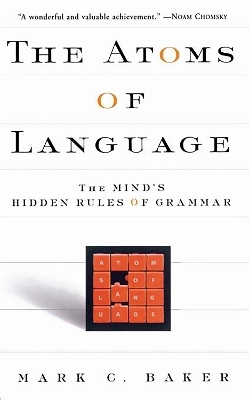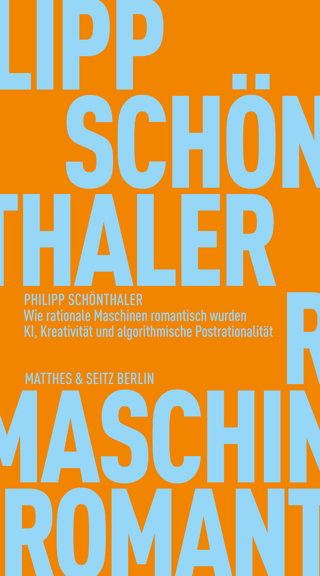
The Atoms Of Language
The Mind's Hidden Rules Of Grammar
Seiten
2002
Basic Books (Verlag)
978-0-465-00522-2 (ISBN)
Basic Books (Verlag)
978-0-465-00522-2 (ISBN)
This skillfully crafted work...combines acute theoretical insight, deep understanding of a wide variety of typologically different languages, and impressive lucidity. It is a wonderful and valuable achievement."--Noam Chomsky
Whether all human languages are fundamentally the same or different has been a subject of debate for ages. This problem has deep philosophical implications: If languages are all the same, it implies a fundamental commonality- and thus mutual intelligibility- of human thought.We are now on the verge of solving this problem. Using a twenty-year-old theory proposed by the world's greatest living linguist, Noam Chomsky, researchers have found that the similarities among languages are more profound than the differences. Languages whose grammars seem completely incompatible may in fact be structurally almost identical, except for a difference in one simple rule. The discovery of these rules and how they may vary promises to yield a linguistic equivalent of the Periodic Table of the Elements: a single framework by which we can understand the fundamental structure of all human language. This is a landmark breakthrough both within linguistics, which will herewith finally become a full-fledged science, and in our understanding of the human mind.
Whether all human languages are fundamentally the same or different has been a subject of debate for ages. This problem has deep philosophical implications: If languages are all the same, it implies a fundamental commonality- and thus mutual intelligibility- of human thought.We are now on the verge of solving this problem. Using a twenty-year-old theory proposed by the world's greatest living linguist, Noam Chomsky, researchers have found that the similarities among languages are more profound than the differences. Languages whose grammars seem completely incompatible may in fact be structurally almost identical, except for a difference in one simple rule. The discovery of these rules and how they may vary promises to yield a linguistic equivalent of the Periodic Table of the Elements: a single framework by which we can understand the fundamental structure of all human language. This is a landmark breakthrough both within linguistics, which will herewith finally become a full-fledged science, and in our understanding of the human mind.
Mark C. Baker is a professor in the Department of Linguistics and the centre for Cognitive Science at Rutgers University. He lives in Camden, New Jersey.
| Erscheint lt. Verlag | 8.10.2002 |
|---|---|
| Sprache | englisch |
| Maße | 126 x 202 mm |
| Gewicht | 280 g |
| Themenwelt | Geisteswissenschaften ► Philosophie ► Sprachphilosophie |
| Geisteswissenschaften ► Sprach- / Literaturwissenschaft ► Literaturwissenschaft | |
| Geisteswissenschaften ► Sprach- / Literaturwissenschaft ► Sprachwissenschaft | |
| ISBN-10 | 0-465-00522-5 / 0465005225 |
| ISBN-13 | 978-0-465-00522-2 / 9780465005222 |
| Zustand | Neuware |
| Haben Sie eine Frage zum Produkt? |
Mehr entdecken
aus dem Bereich
aus dem Bereich
Macht und Legitimität politischer Sprache im Prozess der europäischen …
Buch | Softcover (2023)
Nomos (Verlag)
CHF 103,60
KI, Kreativität und algorithmische Postrationalität
Buch | Softcover (2024)
Matthes & Seitz Berlin (Verlag)
CHF 23,90
Wie die Menschheit zu ihrer größten Erfindung kam
Buch | Softcover (2022)
C.H.Beck (Verlag)
CHF 25,20


